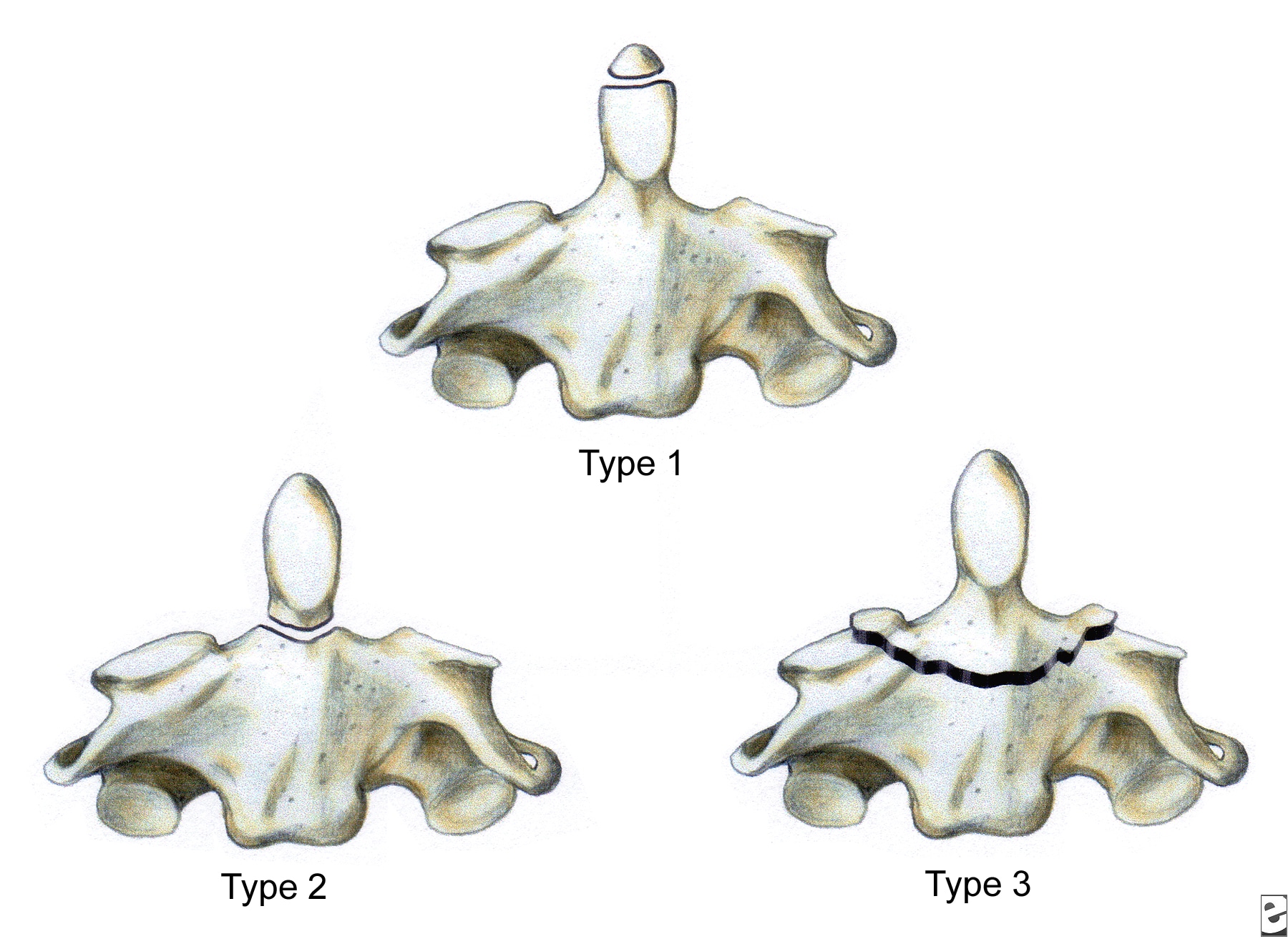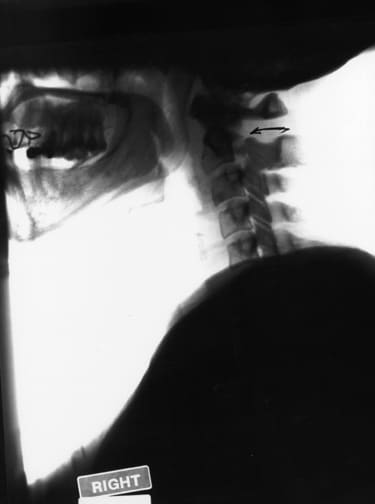 image found at http://commons.wikimedia.org/wiki/File:Tarlov_cyst_004.jpg
image found at http://commons.wikimedia.org/wiki/File:Tarlov_cyst_004.jpgDaisy
information found at http://www.tarlovcystfoundation.org/TarlovCystInformation.asp
 image found at http://commons.wikimedia.org/wiki/File:Tarlov_cyst_004.jpg
image found at http://commons.wikimedia.org/wiki/File:Tarlov_cyst_004.jpg

 |
AP carotid angiogram revealed an aneurysm at the left internal carotid artery distal to the bifurcation of the common carotid artery. image found at http://www.eurorad.org/eurorad/view_figure.php |
 image found at http://www.taytan.com/images/goiter.jpg
image found at http://www.taytan.com/images/goiter.jpg
